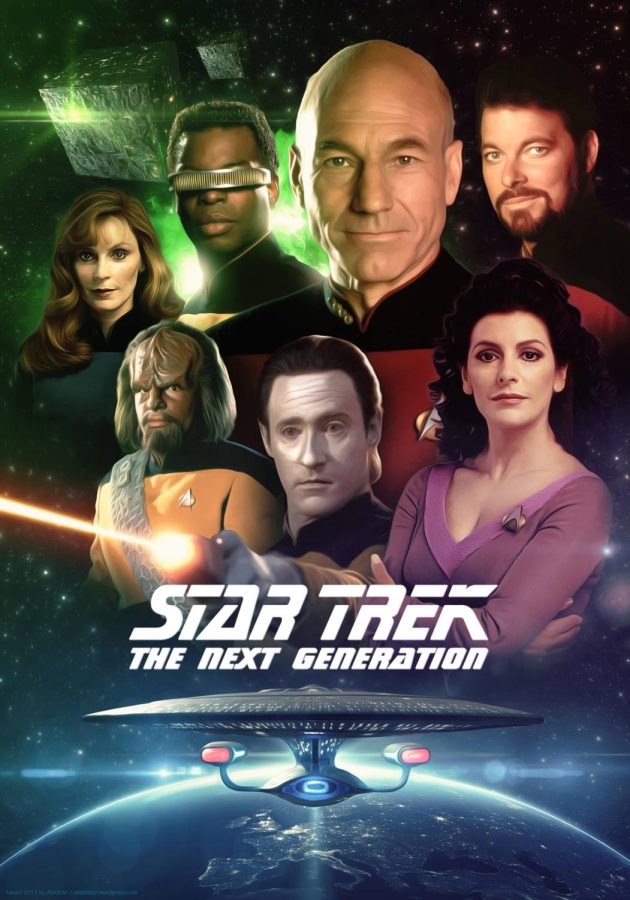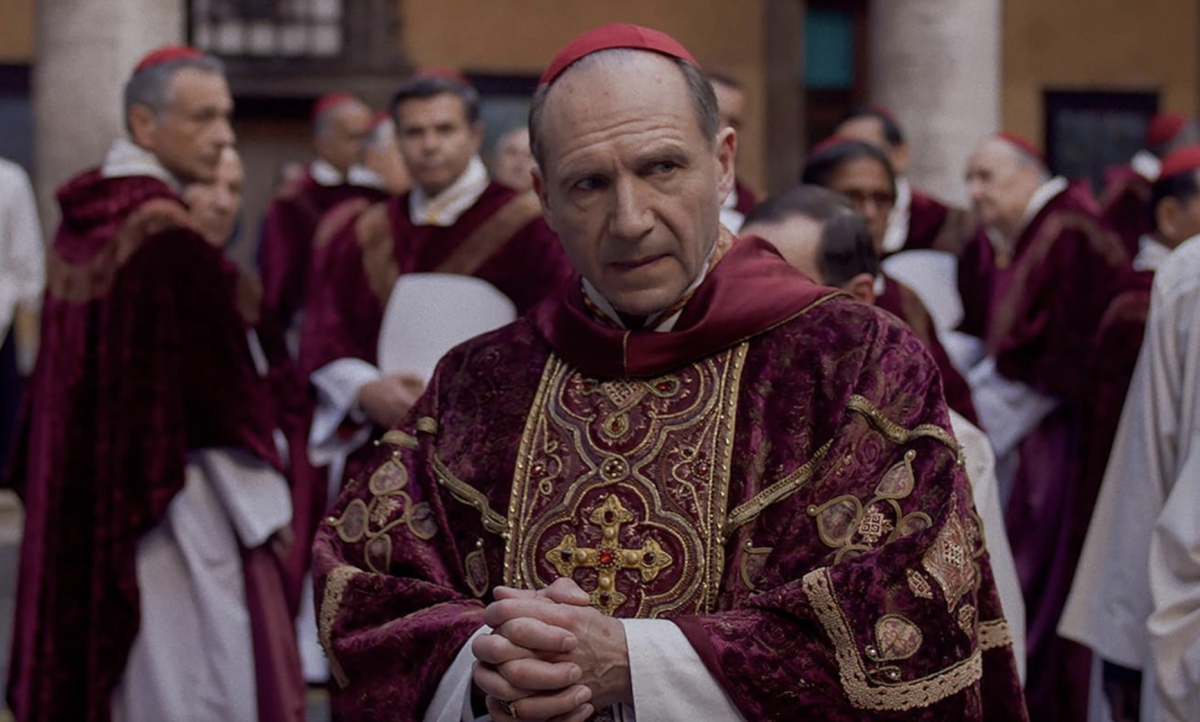Its been 35 years since Captain Jean-Luc Picard, and the crew on the Enterprise starship, first boldly stepped onto the screen in “Star Trek: The Next Generation.” The show, which aired from 1987-1994, marked a pivotal moment in “Star Trek” history. It introduced fans to a new cast of characters and a wealth of new ideas. It modernized a series that, while looking towards the future, became stuck in the past.
“Star Trek: The Original Series” debuted in the 1960s, and ideas for a sequel series evolved into a slate of movies beyond original creator Gene Roddenberry’s direct control. This was met with mixed enthusiasm from fans. “The Next Generation” was a chance for Roddenberry and other “Star Trek” contributors to create a new series, with technologies that were developed in the intervening twenty years, to realize their vision of what the future could hold.
The visual effects for “Next Generation” were far beyond those of the original series. In the ‘60s, most of the new alien species were still largely humanoid; better prosthetics, synthetic materials, special effects and a higher budget allowed for more visually compelling designs in the show. The conniving Ferengi, militaristic Cardassians and the terrifying Borg were all made possible, and their designs helped elevate and sell their presence as true threats. The terrifying designs cemented them as some of the most compelling and recurring species in the franchise.
New technology allowed for a heightened sense of realism, more refined effects and an appealing aesthetic for the show. Granted, there were still a good number of alien planets defined by gradient-blocked skies, but the visual storytelling was elevated alongside the complex narratives being portrayed.
“Next Generation” also developed a serialized approach and had more mature themes than the stereotypically campy original show. While there were still light-hearted moments, it introduced some of the most intense storylines that the franchise had seen, which remain plot points in current adaptations.
The first season saw the introduction of the aforementioned, Ferengi. In their original depiction, they resembled the Wicked Witches’ monkey army from “The Wizard of Oz.” They are ungainly creatures with a wicked disposition, yet their bumbling charm makes them nonthreatening. Originally, they were slated to be the series’ recurring villains, but with their presence leaning towards comical rather than menacing, a decision was made that changed the trajectory of the show and “Star Trek” history — the introduction of the Borg.
While prior “Star Trek” installments featured dangerous foes, they were always promptly overcome by the crew of the Enterprise. The Borg represented an entirely new horrific threat. They swiftly overpowered the Enterprise and confounded the wise Captain Jean-Luc Picard and the rest of the crew. They were a mysterious threat to the entire galaxy, with the ability to manipulate entire planets for their cause, in the blink of an eye. It would take multiple recurring appearances in the show and in the following movies to stop the Borg from being a constant danger.
Beyond the risks of a physically horrific galactic takeover, “Next Generation” also continued the “Star Trek” tradition of putting humanity’s flaws on display. Instead of a one-off episode featuring commentary on racism or religion, “Next Generation” made social commentary a central and recurring theme, often treated with the same severity as any other challenge encountered by the crew.
The android crewmember Data served as a frequent lens through which the human condition was explored. Data’s experiences created discussions on free will, the challenges of relationships, humanity’s fear of ‘otherness’ and the quest to understand one’s own self and identity. He was overcome by a quest for emotions, for family and belonging, all while trying to fit into a society that — as utopian as it may appear — treated him as an outsider.
The theme of ‘the outsider’ also served as a frequent cautionary tale, for it is one of the most dangerous tools in the human arsenal. The renowned episode “Darmok” shows how language and culture can be a tool used to keep others at bay and how understanding each other and overcoming that barrier, rather than vilifying it, is the key to true progress.
The episode “The Drumhead” called to attention McCarthyism and the persecution of people based on false narratives. Picard, in one of his many monologues, explained that when people are labeled as ‘other’ out of fear, the groundwork for many unspeakable evils is already laid.
The show used its platform and its fictional timeline to project the past onto the future, to explore how much we have changed and the places we are at risk of regressing. It explored morality and frequently served as a call to do better. It was a reminder to treat everyone with respect regardless of who (or even what) they may be. The show emphasized the values of peace, unity and empathy. It urged viewers to stand up for what is right, and to never give into darkness even if those in power say it’s justified.
In later installments, after “Next Generation,” Picard continued to overcome his own biases against the Romulans, a frequent politically motivated antagonist, as well as the Borg. Picard sought to set aside differences and politics to look after the people hurt by their maneuverings. While there may be darkness in humanity, the message was always to move beyond it, and to never give in. There is always a choice.
Beyond the sweeping galactic drama and social commentary of “Next Generation,” there was a fundamentally human story; emotions and the discovery of one’s identity were examined, defended and celebrated.
These themes and characters originally explored and introduced in “Next Generation” continue to influence successors such as “Voyager” and “Deep Space Nine” and popular culture as a whole. “Picard” has served as a spiritual continuation of the series, exploring the trauma that he suffered and how he copes and overcomes. “Lower Decks” borrows and pokes fun at “Next Generation” and “Star Trek,” in general. It uses comedy to clarify and remedy some of the missteps in the series.
“Star Trek: The Next Generation” has a strong and compelling legacy, even 35 years on. Its characters are established in pop culture and its stories helped to set the precedent for what a modern “Star Trek” show can do, and should do.
Nicholas Silva can be reached at [email protected].



















